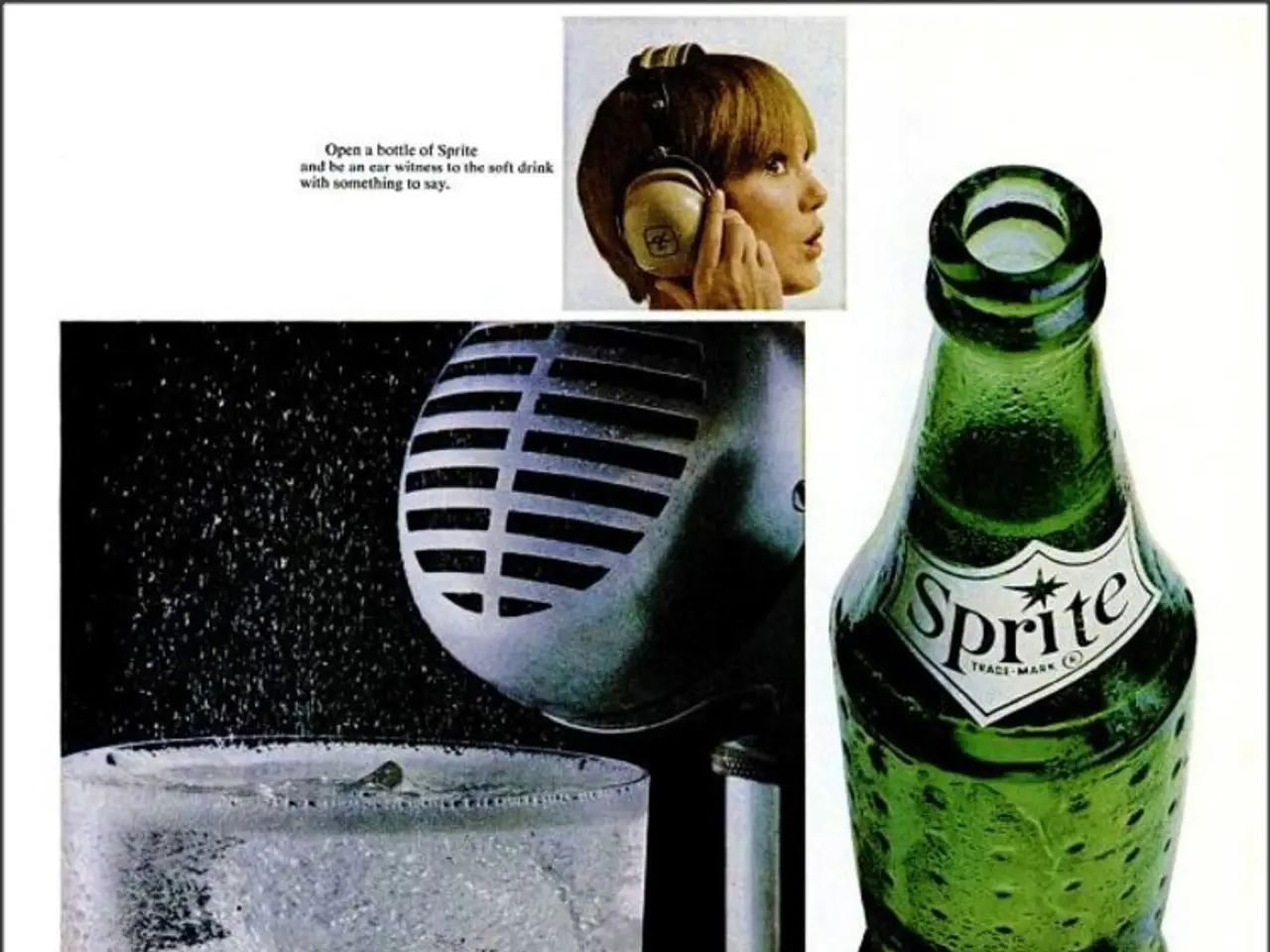Examining the Myth of Sweaty Palms as a Sign of Deception: Clarifying a Common Misconception in Lie Detection Science
In the popular understanding, sweating might be seen as a tell-tale sign of lying. However, this notion is a misguided myth, as a new article by scientists reveals.
Sweat, it seems, tells a story, but not always one of deception. Professional polygraph examiners, instead, rely on electrodermal activity (EDA) sensors, also known as galvanic skin response (GSR) sensors, to measure minute changes in skin conductivity. These sensors detect changes in sudomotor nerve activity, particularly in the fingertips.
The misconception arises because polygraph tests monitor changes in sweating, assuming that increased sweat gland activity linked to lying might be a sign of stress. However, the physiological response causing sweating is triggered by fear or anxiety, not specifically by guilt or deception.
Sweating is a natural function of the sympathetic nervous system, which responds to various stressors, not just dishonesty. Common triggers of increased perspiration include psychological stress, high ambient temperature, physical exertion, illness, anxiety disorders or hyperhidrosis, substance withdrawal, stage fright, and high-stakes social evaluation.
Relying on subjective sweat observation without scientific grounding is both unethical and ineffective. Instead, the method used by polygraph examiners is objective, quantified in real time, and compared against a subject's physiological baseline.
It's important to note that stress responses may occur in both liars and truth-tellers, especially when stakes are high. Innocent individuals may sweat more than guilty ones in lie detection scenarios due to fear of false accusation. Baseline behavior is essential to any valid interpretation in lie detection.
When paired with structured, validated questioning techniques, these physiological changes may correlate with concealed knowledge or deception. However, interpreting visible sweating without context can lead to critical errors in judgment. Sweating is not a reliable indicator of deception in itself.
Misreading visible sweating as deception can lead to false accusations, cultural misinterpretation, confirmation bias during interrogations, and flawed hiring or security clearance decisions. Therefore, it's crucial to approach lie detection with a scientific understanding and a commitment to accuracy. The goal is truth, not theatre.
- Professional polygraph examiners primarily rely on electrodermal activity (EDA) sensors, commonly known as galvanic skin response (GSR) sensors, to measure changes in skin conductivity during a lie detection exam.
- Truth-tellers and liars may exhibit similar stress responses, particularly when stakes are high, meaning that increased sweating is not necessarily an indication of deception alone.
- The method used by polygraph examiners in lie detection is objective, quantified in real-time, and compared against a subject's physiological baseline, rather than relying on subjective sweat observation.
- It is essential to consider an individual's baseline behavior during lie detection, as this forms the basis for any valid interpretation.
- Emphasizing a scientific understanding and commitment to accuracy is crucial in lie detection, as misreading visible sweating as deception can lead to false accusations, cultural misunderstandings, confirmation bias during interrogations, and inaccurate hiring or security clearance decisions.




